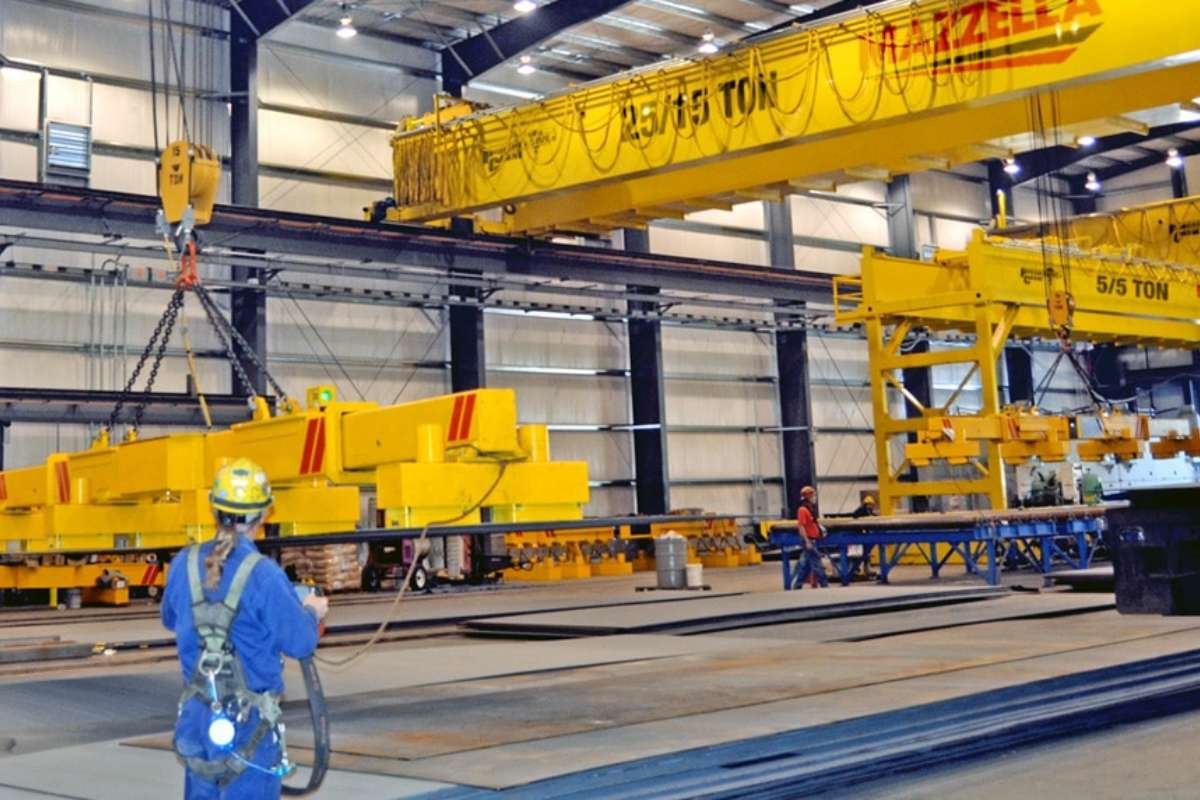Crane accidents are among the most dangerous incidents in the construction and industrial sectors, often leading to severe injuries, fatalities, and property damage. The U.S. Bureau of Labor Statistics reports that approximately 1,069 fatal injuries occur annually in construction, with crane-related accidents accounting for about 22% of these deaths. Mechanical failures, operator errors, and hazardous site conditions are common causes, resulting in more than 200 deaths and over 400 injuries each year.
These accidents raise important legal questions about liability and workers’ rights. In the U.S., workers are protected by federal and state laws, including OSHA regulations. Victims may be entitled to workers’ compensation, but if a third party, such as an equipment manufacturer or subcontractor, is at fault, they may pursue additional compensation through a third-party liability claim.
According to St. Louis crane accident attorneys, dealing with the legal landscape of crane accidents requires an understanding of OSHA standards, state laws, and personal injury claims. This is where the expertise of crane accident attorneys comes in. By taking legal action, injured workers can seek compensation and hold negligent parties accountable, improving safety in the industry.
1. Legal Responsibilities of Employers

Employers must follow safety rules to avoid crane accidents and meet legal requirements. This involves guiding crane operators, inspecting equipment, and ensuring safety measures are followed on-site. By prioritizing safety, employers can reduce accidents and protect workers, potentially minimizing the need for legal action with a crane accident attorney.
Employers may be responsible for crane accidents that occur due to safety violations or negligence. Employers must record training, equipment inspections, and safety incidents. Following an accident, these records can provide important information in understanding who is responsible and ensuring that legal standards are met.
2. Worker’s Compensation and Benefits
Workers’ compensation can support individuals affected by crane accidents in their recovery journey. Workers’ compensation typically covers hospital bills, doctor visits, medications, and rehabilitation.
Crane accident attorney Christina Rivenbark explains that if you are injured and unable to work, workers’ compensation can provide wage replacement benefits to help you during this tough time. These benefits can help you concentrate on your recovery, freeing you from the stress of financial concerns.
To access these benefits, it is important to let your employer know about your injury and to file a workers’ compensation claim as soon as possible. Keep in mind that reaching out to a workers’ compensation attorney can assist you in receiving all the benefits you deserve.
3. Occupational Safety Regulations Overview

Crane operators need to adhere to safety guidelines to create a secure work environment. The regulations for crane operations are designed to ensure everyone’s safety by setting essential standards that help prevent accidents, injuries, and fatalities. Training for crane operators, inspecting equipment, understanding weight limits, and using safety gear are necessary for ensuring workplace safety.
Crane operators need to be certified, signal persons must meet specific qualifications, and it is essential to follow the right procedures for assembly and disassembly. Moreover, employers need to ensure that the workplace is safe and free from known dangers that could lead to serious injuries or even fatalities.
4. Litigation Process for Crane Accidents
The legal process after a crane accident can be complicated. When this occurs, the litigation process typically involves a series of steps.
To start, you or your attorney should collect incident reports, medical records, and statements from witnesses. This information is crucial for supporting your claim.
Your legal team may negotiate a settlement with the responsible parties or their insurance companies. If an agreement is not reached, the case might proceed to trial.
Evidence, witnesses, and a verdict will be presented during the trial. A skilled attorney will protect your rights and give you the best chance of getting compensation for crane accident injuries and damages.
5. Union Support and Advocacy

For those affected by crane accidents looking for justice and compensation, the support and advocacy of unions can be invaluable in dealing with the legal challenges. Unions understand workplace accidents and can guide you in safeguarding your rights. If needed, they can assist you in understanding your collective bargaining agreement and make sure your employer fulfills its responsibilities regarding accidents.
Union representatives can help communicate with insurance companies, lawyers, and other parties. They may connect you with workplace injury specialists to help you recover. Unions can also offer emotional support and advocate for safer operations to prevent future accidents.
Conclusion
Crane accidents represent a significant hazard in the construction and industrial sectors, with potentially life-altering consequences for workers. The legal implications of such accidents are multifaceted, encompassing workers’ compensation, third-party liability claims, and employer responsibilities. Remember, it’s important for workers to understand their rights and the safety regulations in place to protect them, as well as the legal options available should an accident occur.






